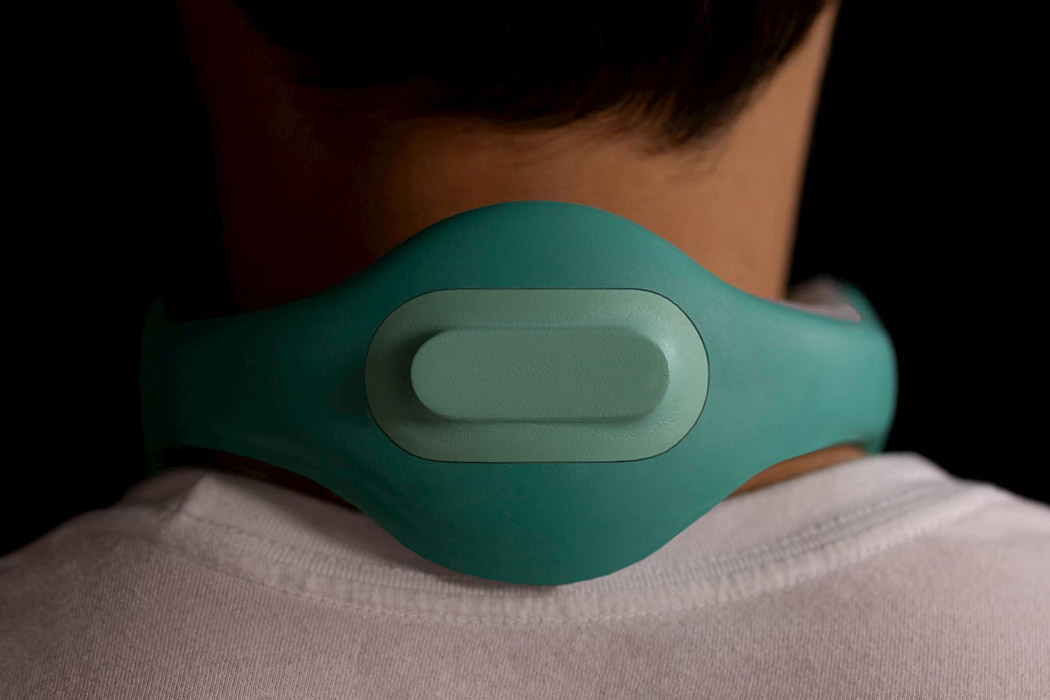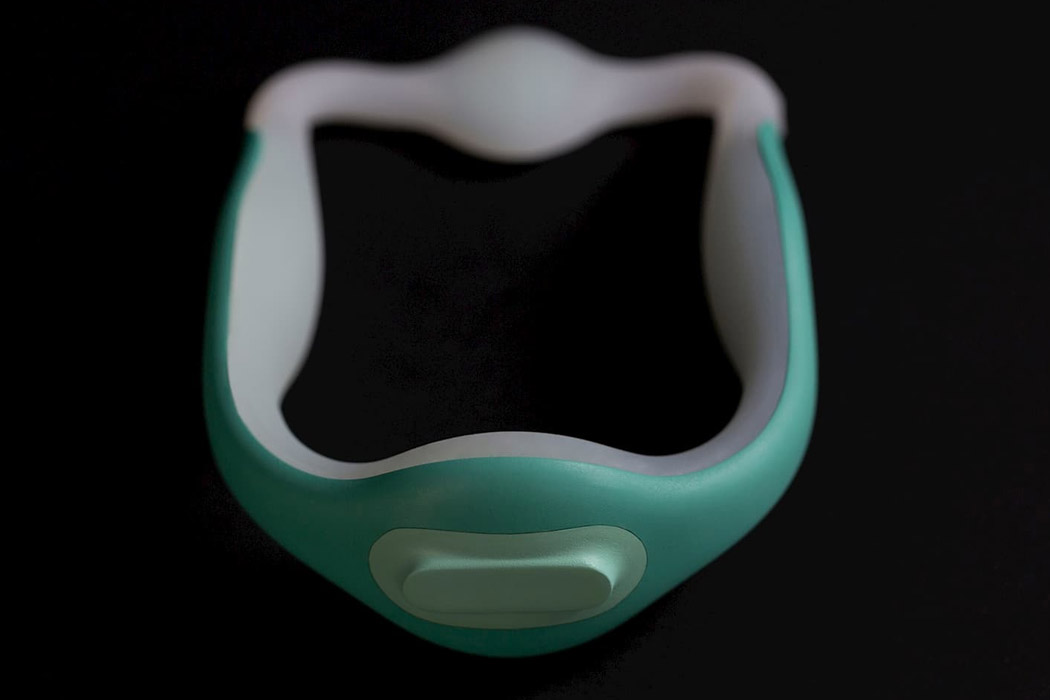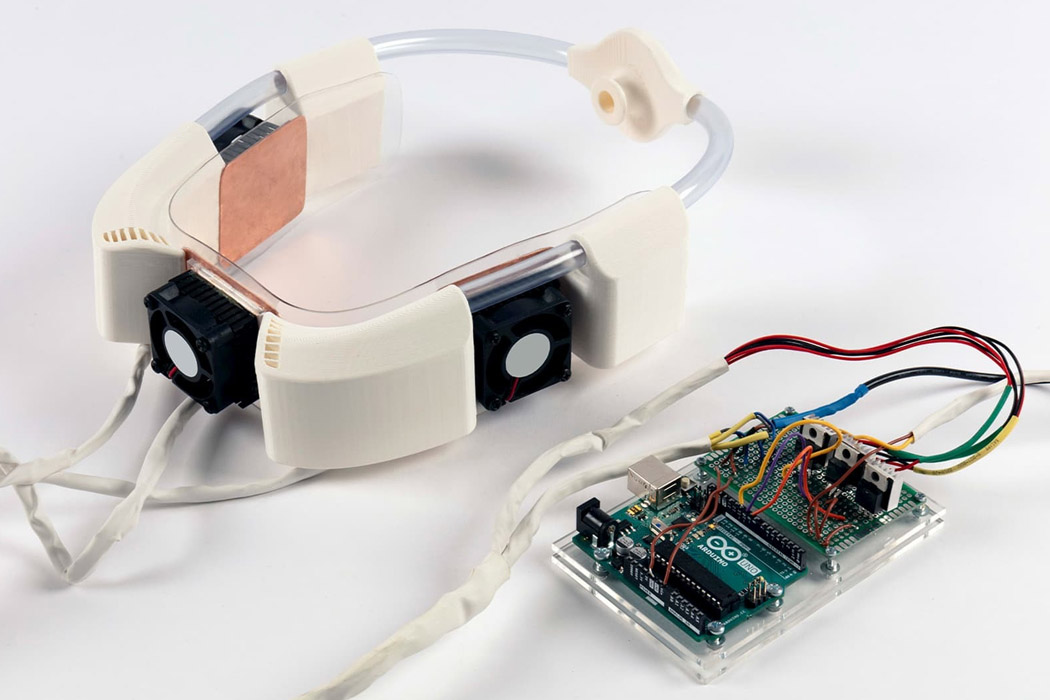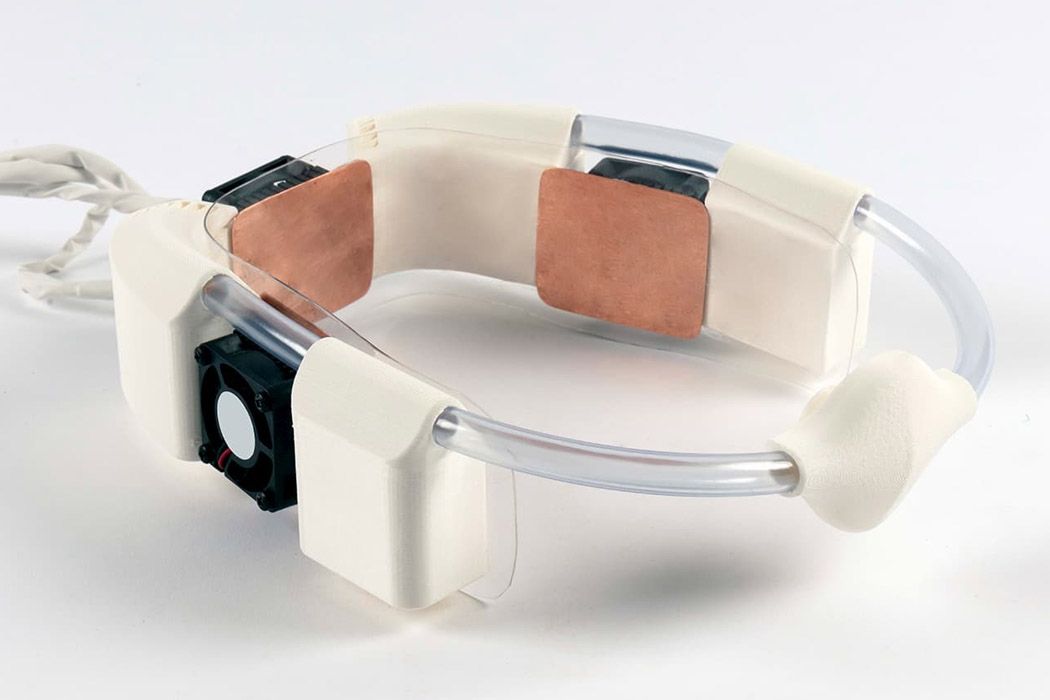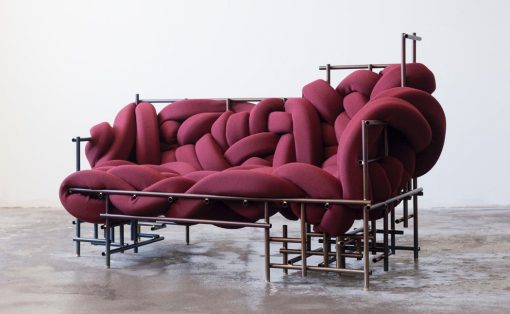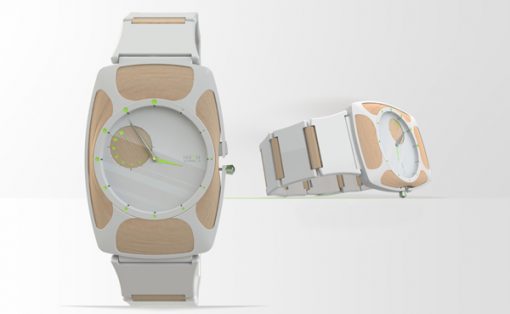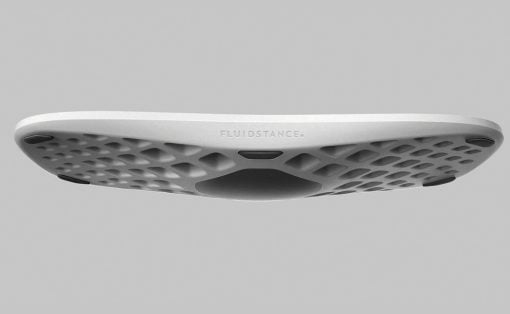Summertime brings relentless heatwaves and the frustrating spells of chapping under the sun. Sure you can take shelter in the cozy confines of your home cooled down by the air conditioner, but in real-life situations, you’ll have to step out from time to time outside in the scorching heat. There are battery-powered portable AC’s that last for two hours on a single charge – but if you like something that can go on and on without the need to worry about the battery running dry in the middle of a meltdown spell, this creative wearable has got you covered.
Saiga is the result of a team project by the Royal College of Art & Imperial College London, Innovation Design Engineering students – Harry Barber, Kevin Chiam, Wei Haw Huang, and Nacho Vilanova. This wearable neck air conditioner makes use of conduction to cool down the area around the neck using the user’s own breath. So why did these mindful students design a prototype that needs very negligible external battery power? For a simple reason – the air conditioners are energy demanding and adversely affect the environment as they increase the environmental temperature and are also polluting in the long run. How one feels around the neck contributes a lot to the perception of environmental temperature, and the Saiga neck wearable does exactly that.
It provides cooling by conduction of air onto specific parts of the neck and breathing in cold air through the mouth further provides added relief when the temperature gets too hot – thereby improving the thermal comfort when in hot environments. The device works when sweat is detected – making it work in tandem with the body to feel comfortable when it is needed. The prototype version makes use of the Peltier chips (running at under 2W for a low power alternative) strategically placed around the neck area (back and the sides), and a phase-changing material that cools down the air when breathed through the mouthpiece. It is basically about cooling down the neck area rather than the whole environment to give the sensation of a perceived colder environment that it actually is!
Designer: Imperial College of London Students – Harry Barber, Kevin Chiam, Wei Haw Huang, Nacho Vilanova


